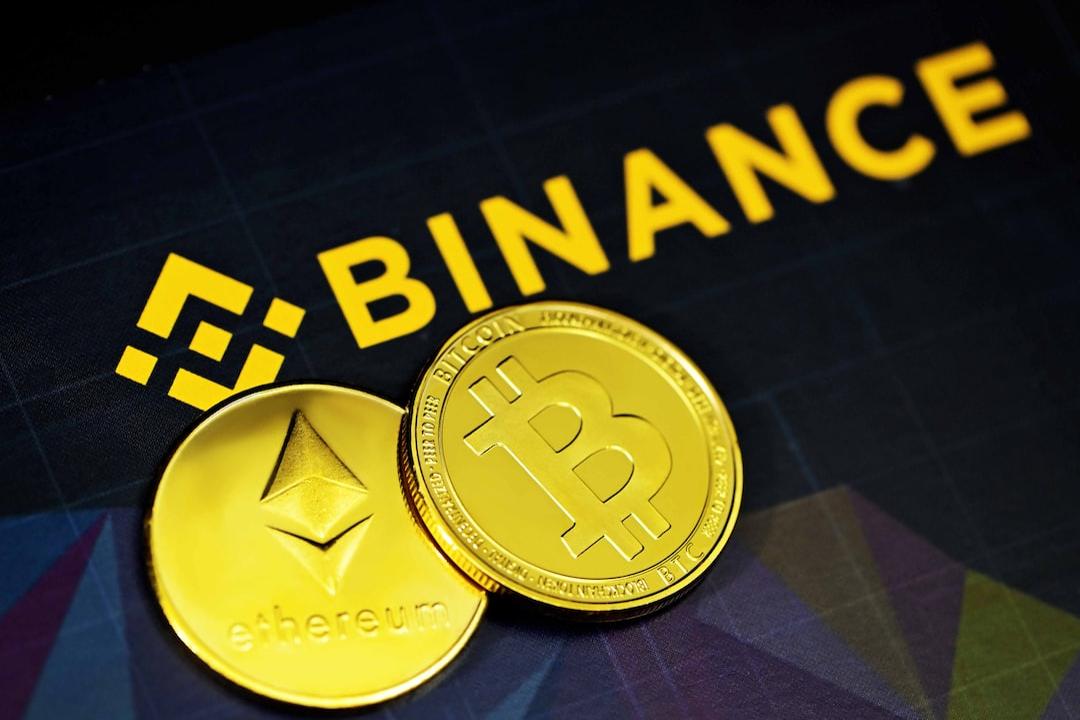Bitcoin (BTC) price finds itself trapped within a range, reflecting uncertainty and hesitation among market participants following the approval of spot Bitcoin ETFs last week.
Since January 16th, BTC’s price has been stuck between $41,550 and $43,000. This lack of movement continues despite a previous attempt to break out earlier this month when the cryptocurrency briefly surged to a high of over $49,000 before falling back into its current range.
The stagnant price of Bitcoin can be attributed to several factors. Firstly, the response to the approval of Bitcoin ETFs was muted. The run-up in price to over $49,000 was expected given the eleven spot BTC ETF approvals, including those from BlackRock and Fidelity, in the United States. However, the price has since retreated about 10%, indicating that the approval was already priced into the market.
Another factor impacting Bitcoin’s price is the decline in its market dominance index. Bitcoin’s dominance has dropped from a local high of 54.56% to 51.14% in just one week. This decline is due to the gains made by Ether (ETH) and other altcoins. Traders seem to have rotated their capital out of Bitcoin and into the altcoin market, particularly with the possibility of an Ethereum ETF on the horizon.
Despite these factors, there are still positive indicators for Bitcoin. One such indicator is the increasing capital inflow into BTC investment funds, especially with the excitement surrounding spot Bitcoin ETFs. Institutional investors have poured $1.25 billion into Bitcoin funds in the first two weeks of 2024, demonstrating their confidence in Bitcoin’s long-term value and potential.
However, there is concern about the actions of miners. With the increased hash rate in Bitcoin mining, there are worries that miners may sell their coins at a faster rate. Additionally, the cost of Bitcoin mining is expected to rise after the halving in April 2024, which could put further pressure on BTC price. Recent data shows that Bitcoin miners have transferred over $1 billion worth of Bitcoin to crypto exchanges.
In terms of buying and selling trends, there is a noticeable pattern of increasing buying in South Korea to offset selling in the US. The Kimchi Premium Index, which measures the difference in Bitcoin prices between South Korean and global cryptocurrency exchanges, indicates that Bitcoin is trading at a 3-4% premium in South Korea. On the other hand, the Coinbase Premium Index shows a negative shift, suggesting more US sellers than buyers.
From a technical standpoint, Bitcoin’s range-bound price movements align with the neutral zone of its daily relative strength index (RSI). This suggests that market sentiment is reaching an equilibrium, with neither buyers nor sellers in control. As a result, investors may wait for more information before making significant moves, leading to lower volatility and less directional movement in prices.
It’s important to note that this article does not provide investment advice or recommendations. Every investment and trading decision carries risks, and readers should conduct their own research before making any decisions.

